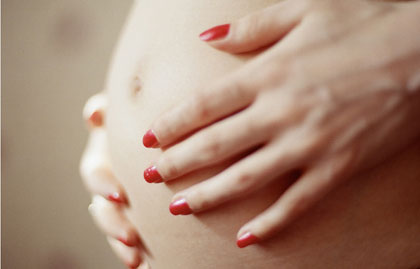Why Is Multiple Pregnancy Dangerous?
What risks is multiple pregnancy associated with?

To make it simple, two (or more) fetuses require more food from the mother‘s body and at times increase the load on all the organs of the pregnant woman. In fact, it results in other negative aspects.
With multiple pregnancy a woman may feel tired. In the second trimester she develops shortness of breath, heart palpitations. This is due to the difficulty of heart and lungs functioning and severe changes in the uterus. Its size with this type of pregnancy is much larger than with monocyesis. Moreover, the load on the heart muscle is increased by three to four times.
Multiple pregnancy increases the risk of hypertension – high blood pressure, varicose veins, deep vein thrombosis. ‘Multiple mothers’ often suffer severe gestosis – a condition that affects all organs and body systems and harms fetuses. The most significant features of gestosis are legs swelling, high blood pressure, protein in the urine.
Women expecting twins happen to have early toxicosis. This is because hormone levels in the blood are significantly higher than with normal pregnancy. However, the most serious complication of multiple pregnancy concerns the would-be babies – the risk of miscarriage.
An increased load on the uterus leads to the fact that the mouth of the womb begins to open prematurely. That is why it is sometimes necessary to resort to special devices not letting the cervix open, or sew up the cervix – in this case, the seam is removed in 36-37 weeks.
However, the vast majority of multiple pregnancies develop safely until 37-38 weeks, when labor begins. In some cases, multiple pregnancy makes natural childbirth impossible and one has to resort to Caesarean section.
